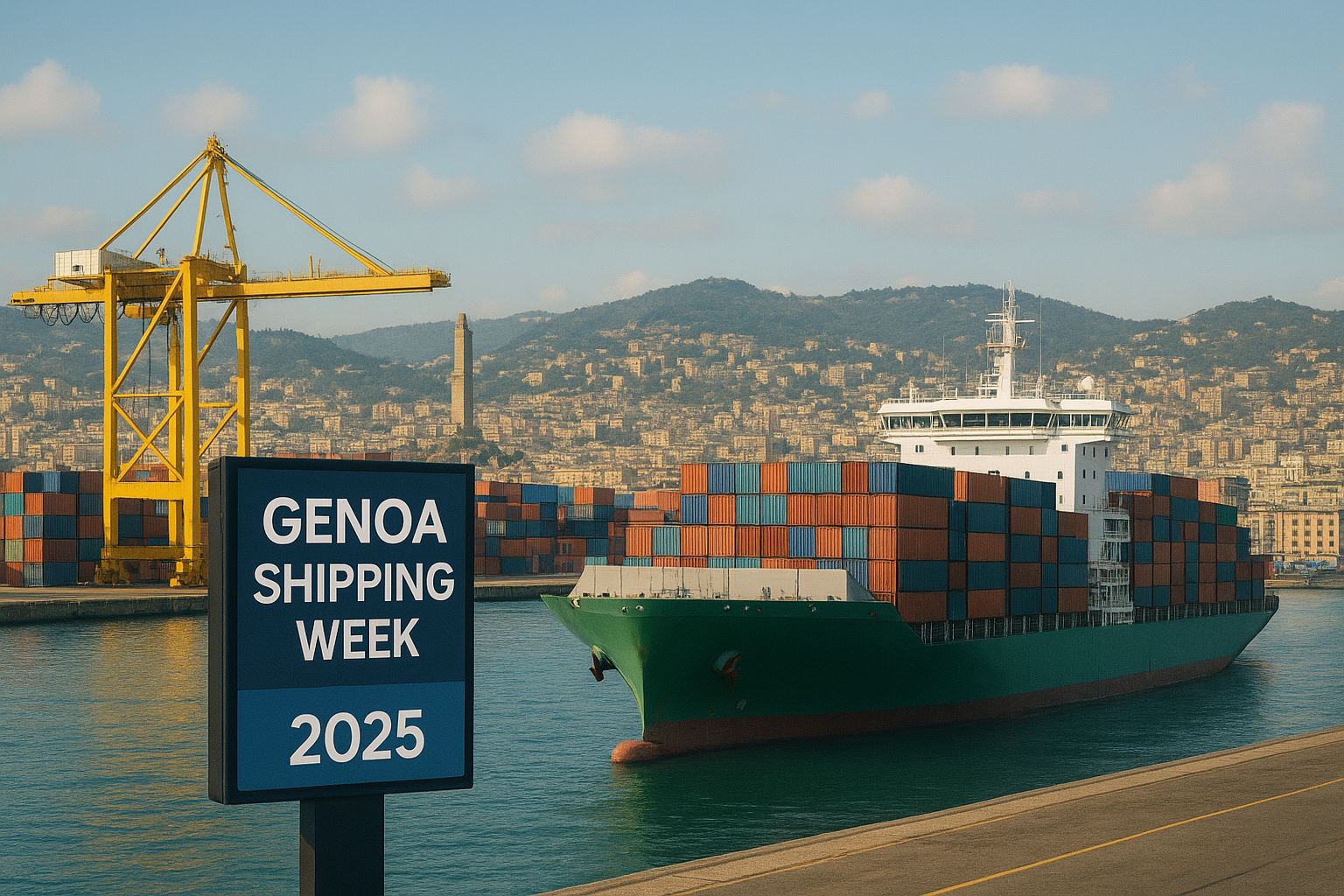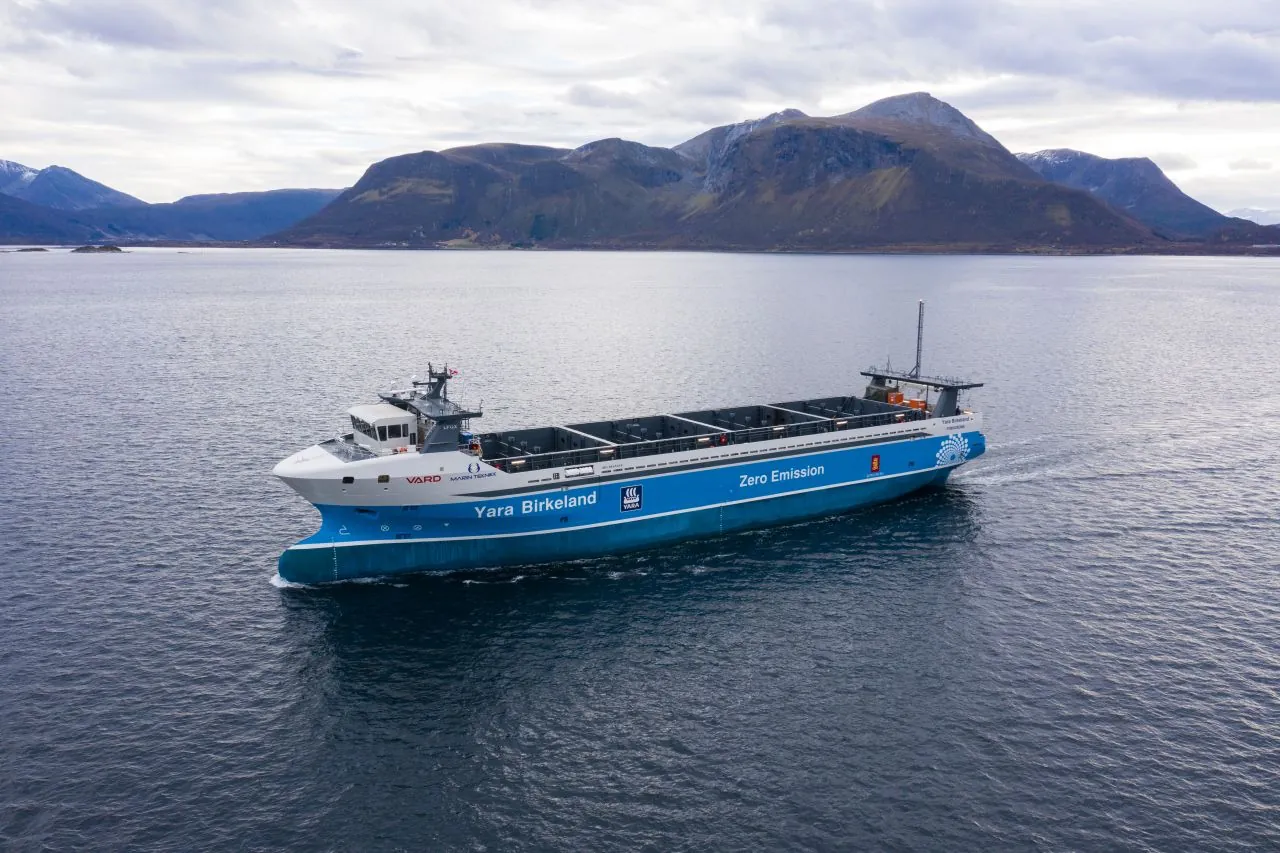On 17 April, the U.S. Trade Representative (USTR) formalized a sweeping tariff initiative under Section 301 of the Trade Act, designed to counteract China’s systemic domination of the maritime, logistics, and shipbuilding sectors. This unprecedented action, rooted in a 2024 petition from U.S. labor unions and industry bodies, marks a pivotal moment in the geopolitics of global shipping. At the heart of the USTR strategy, there is a multilayered tariff and regulatory response. At first, it consists of 180 days of grace for allowing the industry to prepare for the next enforcement. During this window, fees remain at zero, with implementation slated for late 2025. After the grace period, vessels owned or operated by Chinese entities will incur fees based on net tonnage per U.S. port call. Vessels built in China, regardless of operator nationality, will also be taxed according to tonnage or container capacity. Instead, on a non-discriminatory basis, foreign-built car carriers will face service fees based on vehicle capacity, aimed at incentivizing the shift to U.S.-built alternatives, and a secondary measure will introduce graduated restrictions on U.S. LNG transport via foreign-built vessels, rolled out over a 22-year horizon, starting three years from now. Aside there is another proposal to put tariffs also on Port Equipment; all additional duties are being considered for Chinese ship-to-shore cranes and other cargo handling equipment (industries where China controls up to 70–95% of global supply).
These actions are designed to revitalize U.S. industrial capacity, reduce strategic dependence on China, and increase leverage in future maritime trade dynamics. The USTR stated that the plan has been structured to minimize collateral damage to American exporters and logistics providers during the initial transition. Nevertheless, the strategic justification, according to the USTR’s 2025 investigation report, lies in China’s ascent in the maritime sector that has been anything but organic. Fueled by state planning, non-market subsidies, and aggressive market displacement tactics. The report deems this targeting “unreasonable,” as it distorts competition, displaces foreign firms, and increases global dependencies on Chinese supply chains, posing both commercial and national security risks. The investigation shown, among many others touchpoints, China’s share of global shipbuilding rose from <5% in 1999 to over 50% in 2023, and global commercial fleet ownership reached 19% by 2024; furthermore, China’s control of ship-to-shore cranes, intermodal chassis, and shipping containers now exceeds 70–95%.
The dry bulk spot market has experienced several weeks of uncertainty as a result of speculation on these upcoming tariffs, creating supply-demand mismatches and additional volatility. Industry observers expect significant adjustments in vessel sourcing, procurement strategies, and port equipment contracting. While the tariff design avoids overt discrimination, if not for side facets, its focus clearly pressures shipping lines, terminal operators, and shippers to rethink Chinese-made infrastructure. As a result, supply chain configurations and construction trends, particularly for fleets serving US ports, will most likely change heavily, leading to an even more unpredictable market.
Moreover, the public comment period—open until May 19, 2025—and a public hearing at the U.S. International Trade Commission signal that further refinements are possible, and industry voices still have influence on the final architecture. As the global shipping community takes stock, this action may foreshadow a broader shift: from efficiency-first globalism to strategic resilience and supply chain sovereignty.






